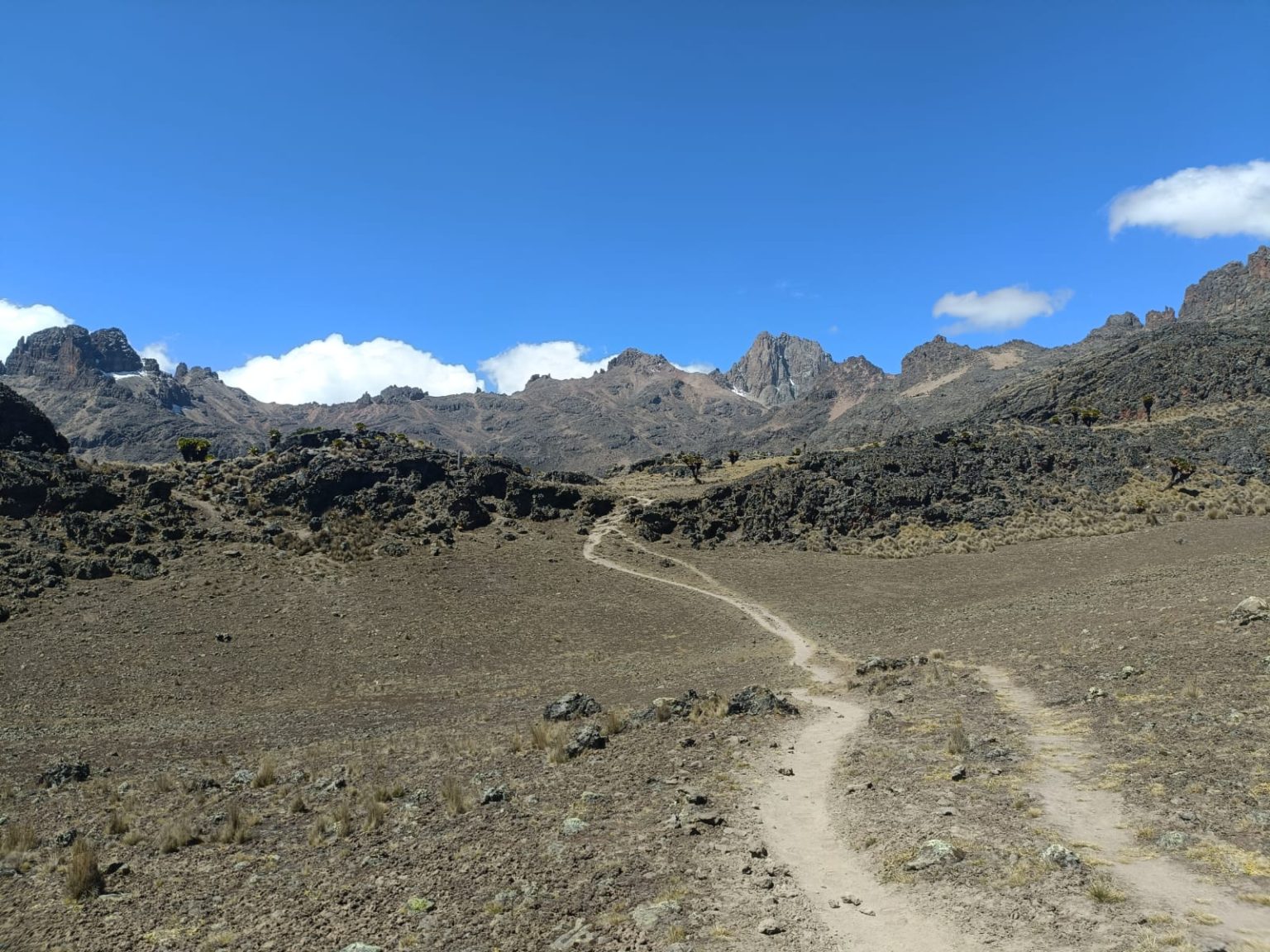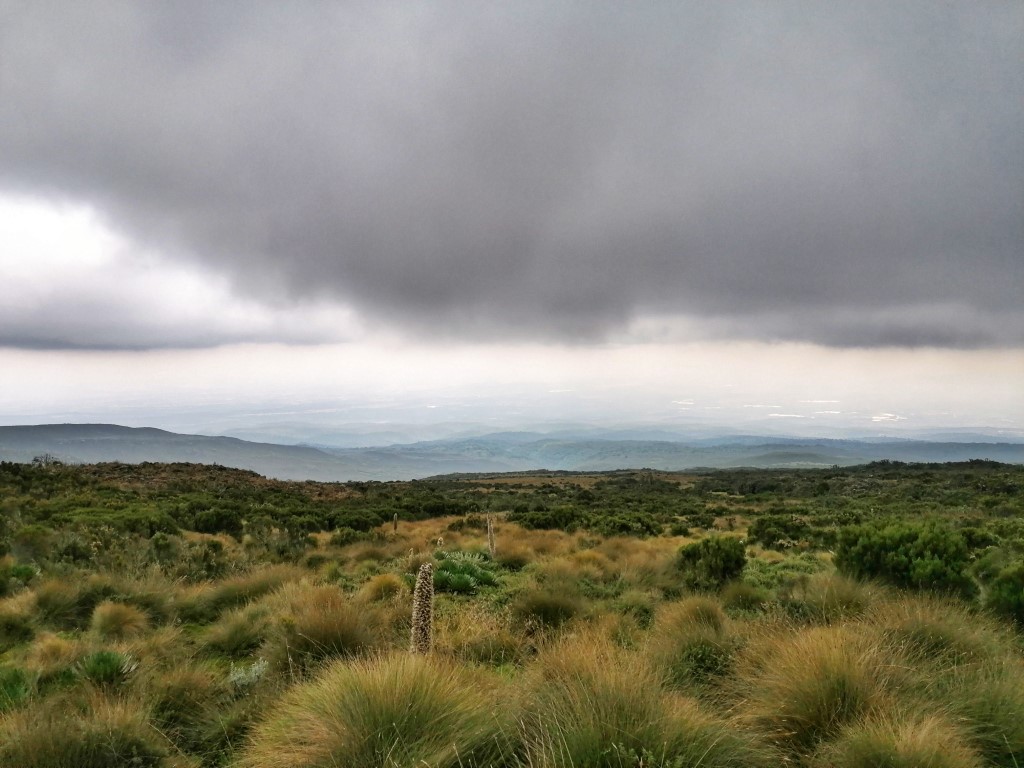
Best Time to Climb Mount Kenya
Welcome to our blog about the best time to climb Mount Kenya! Whether you’re an experienced hiker or a first-time adventurer, choosing the right time to climb this majestic mountain can have a significant impact on your overall experience. Mount Kenya, the second-highest peak in Africa, offers a unique and challenging hiking experience with breathtaking views, diverse flora and fauna, and rich cultural heritage. But with its unpredictable weather patterns, it’s crucial to understand the seasonal variations and their effects on the mountain’s conditions. In this blog, we will guide you through the different seasons, their pros and cons, and help you decide which is the best time to climb Mount Kenya for you.
There are two main seasons in Mount Kenya:
- The Dry Season.
- The Wet Season.
The Dry Season.
The dry season typically runs from January to March and from June to October. During this season, the weather is generally sunny and dry, with clear skies and lower humidity.

Temperatures:
During the dry season, the temperatures are generally cooler and drier than during the wet season. Daytime temperatures can range from around 10°C (50°F) at lower elevations to 20°C (68°F) at higher elevations. However, temperatures can still vary depending on the time of day, the elevation, and the weather conditions.
At night, temperatures on Mount Kenya during the dry season can drop significantly, particularly at higher elevations. Nighttime temperatures can range from around 0°C (32°F) to well below freezing, particularly at higher elevations. For example, at the summit of Mount Kenya, temperatures can drop to as low as -10°C (14°F) at night, even during the dry season.
Some of the benefits of climbing Mount Kenya during the dry season.
- Good weather:
The dry season is known for its clear skies and sunny days, providing excellent hiking conditions. The reduced chance of rain and cloudy weather means you’ll likely enjoy better views of the mountain and surrounding landscapes.
- Easier hiking conditions:
The dry season makes hiking conditions easier and more predictable. Trails are drier, which means less mud and slippery conditions, making it easier to trek and reducing the risk of accidents.
- Wildlife viewing:
During the dry season, wildlife in the Mount Kenya area is more concentrated around water sources, which can make for excellent wildlife viewing opportunities. You may have the chance to see animals like elephants, buffaloes, zebras, and antelopes during your climb.
- High success rate:
The dry season is the peak climbing season for Mount Kenya, and it is when the mountain is busiest. You are also more likely to reach the summit due to the favorable weather conditions and clearer trails.
- Nighttime stargazing:
With clear skies during the dry season, the mountain offers excellent opportunities for stargazing at night, with stunning views of the stars and constellations.
While the dry season offers many benefits for hiking Mount Kenya, is also important to consider:
- Crowds:
The dry season is the peak climbing season for Mount Kenya, meaning that the trails and campsites can get crowded with many hikers, especially on popular routes. This can detract from the feeling of wilderness and solitude that many hikers seek.
- Dust and heat:
During the dry season, the trails can become dusty, and the dry air can make the conditions more arid and uncomfortable. The temperatures can also be quite high during the day, making it challenging to hike in the heat.
- Environmental impact:
With more hikers during the peak season, the potential for environmental damage increases, including soil erosion, littering, and damage to flora and fauna.
The Wet Season.
The wet season typically runs from April to May and from October to early December. During this season, the weather is generally wetter, with increased chances of rain and occasional thunderstorms.

Temperatures:
During the daytime temperatures can range from around 10°C (50°F) to 18°C (64°F) at lower elevations, while at higher elevations, temperatures are generally colder, ranging from around 0°C (32°F) to 10°C (50°F).
At night, temperatures on Mount Kenya during the wet season can drop significantly, particularly at higher elevations. Nighttime temperatures can range from around 0°C (32°F) to well below freezing, particularly at higher elevations. For example, at the summit of Mount Kenya, temperatures can drop to as low as -10°C (14°F) at night.
While climbing Mount Kenya during the wet season does come with some challenges, there are also some potential benefits to consider.
- Scenic views:
The wet season can bring lush vegetation, blooming flowers, and beautiful waterfalls, which can make for stunning scenery along your hiking route.
- Fewer crowds:
Because the wet season is considered the off-season for hiking Mount Kenya, there may be fewer people on the trails and at the campsites, which can provide a more peaceful and secluded experience.
- Cooler temperatures:
While the cooler temperatures during the wet season may make for less comfortable hiking conditions, they can also provide relief from the heat and make for more pleasant hiking conditions for those who prefer cooler temperatures.
- Unique experiences:
Climbing Mount Kenya during the wet season can provide a unique and challenging experience, and it can be rewarding to overcome the obstacles and complete your climb in more difficult conditions.
- Lower costs:
Most tour operators may offer lower prices during the wet season, which can make hiking Mount Kenya more affordable for budget-conscious travelers.
While Hiking Mount Kenya during the wet season is important to consider:
- Slippery and muddy conditions:
The wet season can make the trails muddy and slippery, making hiking more challenging and increasing the risk of falls and injuries.
- Limited wildlife viewing:
Wildlife may be less active and less visible during the wet season, as they tend to stay hidden and sheltered during rainy weather.
- Reduced visibility:
The rainy weather can reduce visibility, making it harder to see the surrounding landscape and views of the mountain.
In conclusion, choosing the best time to climb Mount Kenya largely depends on your personal preference, hiking experience, and fitness level. Each season has its unique benefits and challenges, and it’s essential to weigh them as outlined above carefully before embarking on your adventure.
Regardless of the season you choose, proper preparation, gear, and a reliable guide are very crucial for a safe and enjoyable hiking experience.
Mount Kenya offers a stunning and diverse landscape, rich cultural heritage, and a memorable adventure that will last a lifetime. So, what are you waiting for? Pick a season, pack your bags, contact Ahambi Tours to organize the hike, and let’s embark on the Mount Kenya adventure.
